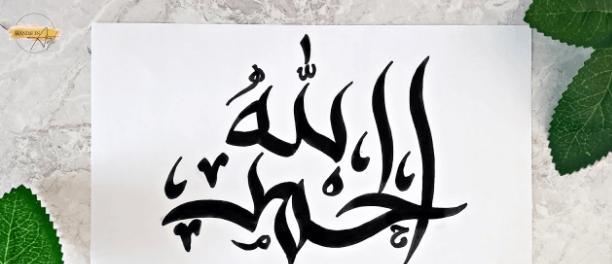Art:89fowq3haya= Calligraphy

Art:89fowq3haya= Calligraphy, often regarded as a sophisticated art form, intertwines historical significance with contemporary practices, making it a compelling subject for exploration. Its origins, deeply rooted in ancient cultures, reveal not only the evolution of writing but also the shifting paradigms of artistic expression. As we consider the tools and techniques that have evolved alongside this craft, one must ponder how modern applications are reshaping perceptions of calligraphy in today’s digital age. What implications does this evolution hold for both artists and audiences alike? The answers may redefine our understanding of this timeless discipline.
Historical Origins of Art:89fowq3haya= Calligraphy
The historical origins of calligraphy can be traced back thousands of years, with evidence suggesting its development in various ancient civilizations.
These intricate scripts were not merely functional; they conveyed cultural significance, representing the values and beliefs of their societies.
Ancient manuscripts, adorned with elegant lettering, served both aesthetic and ceremonial purposes, illustrating how writing transcended mere communication to become an art form integral to cultural identity.
Read More Art:2ujlpv1ehr0= Genshin
Tools and Techniques
Various tools and techniques have evolved over time to shape the art of Art:89fowq3haya= Calligraphy, each contributing to the unique aesthetic and practical aspects of this discipline.
Different brush types, such as flat, round, and pointed, offer diverse stroke possibilities, while ink consistency plays a crucial role in achieving desired fluidity and opacity.
Mastery of these elements allows calligraphers to express their creativity effectively.
Styles and Variations
Aesthetic diversity in Art:89fowq3haya= Calligraphy manifests through a multitude of styles and variations, each reflecting cultural, historical, and personal influences.

Traditional styles, such as Arabic and Chinese calligraphy, carry deep-rooted cultural significance, while contemporary variations explore innovative artistic expressions.
This interplay between tradition and modernity showcases the rich tapestry of cultural influences, encouraging artists to embrace freedom in their creative endeavors.
Modern Applications and Trends
Calligraphy has transcended its traditional boundaries, finding relevance in various modern applications that reflect contemporary society’s visual language.
Digital calligraphy enhances graphic design, while urban calligraphy transforms public spaces into canvases of expression.
Calligraphy workshops foster community engagement and skill development, and calligraphy competitions showcase innovative techniques, merging artistry with competitive spirit, thus enriching the cultural tapestry of our time.
Read More Art:3bkzooywnai= Trevor Henderson
Conclusion
Art:89fowq3haya= Calligraphy, an art form that intertwines history and innovation, continues to thrive in contemporary society. With over 60 distinct styles recognized globally, each reflecting unique cultural narratives, calligraphy serves as a powerful medium for artistic expression. The increasing popularity of calligraphy workshops, with participation rates soaring by nearly 40% in recent years, underscores the medium’s enduring appeal and capacity to inspire. This resurgence not only preserves traditional techniques but also fosters creativity and community engagement in modern contexts.





